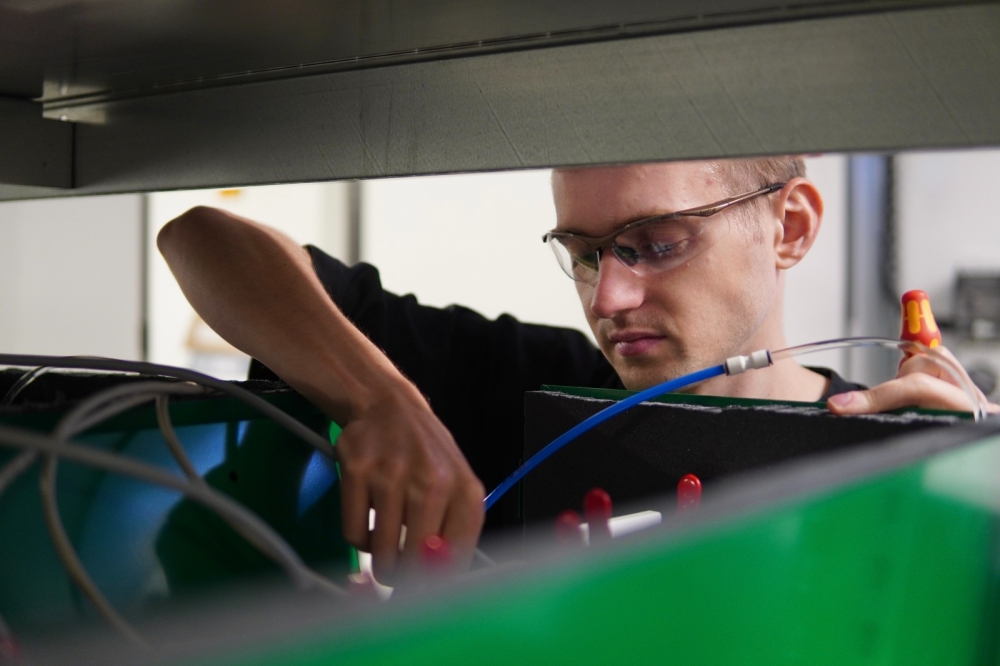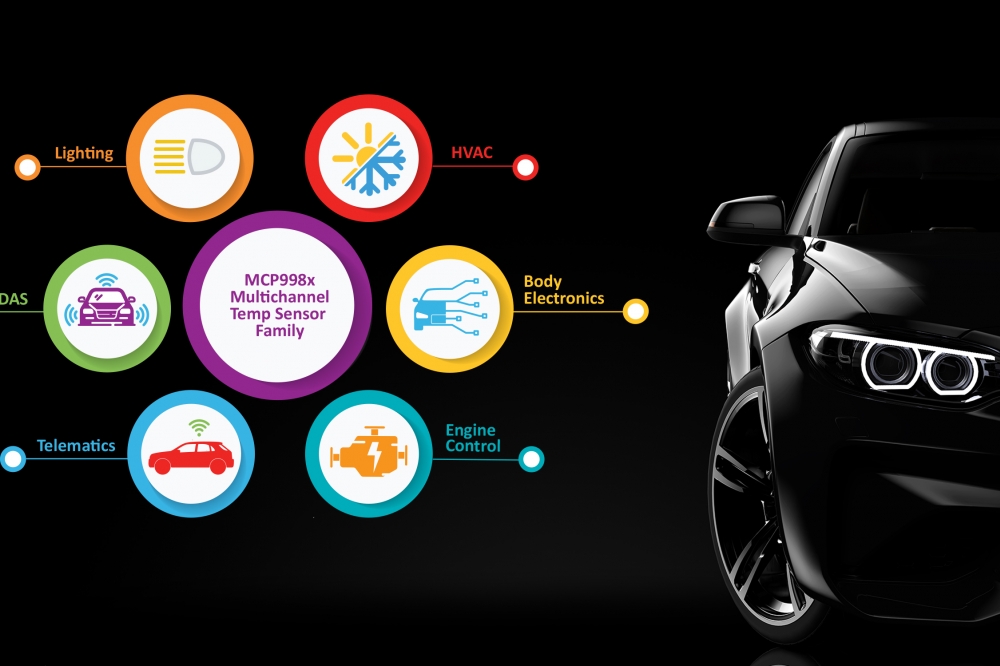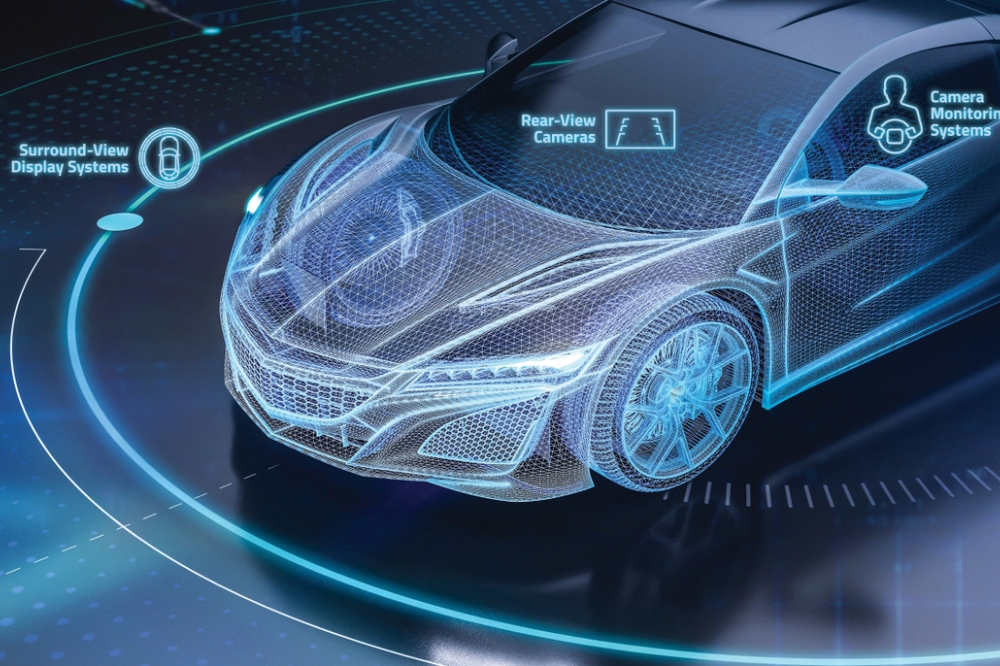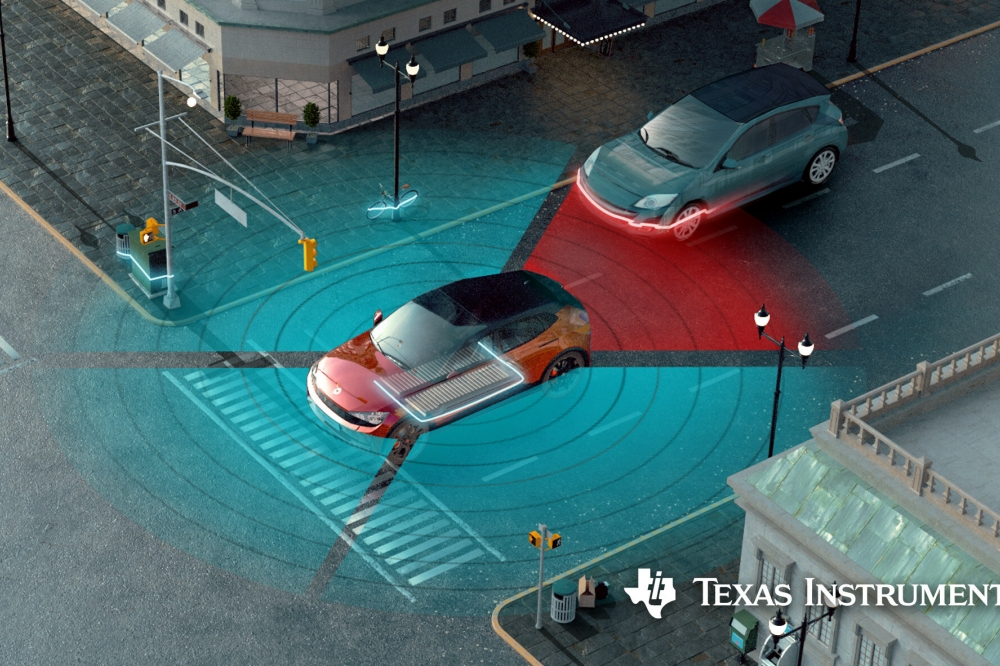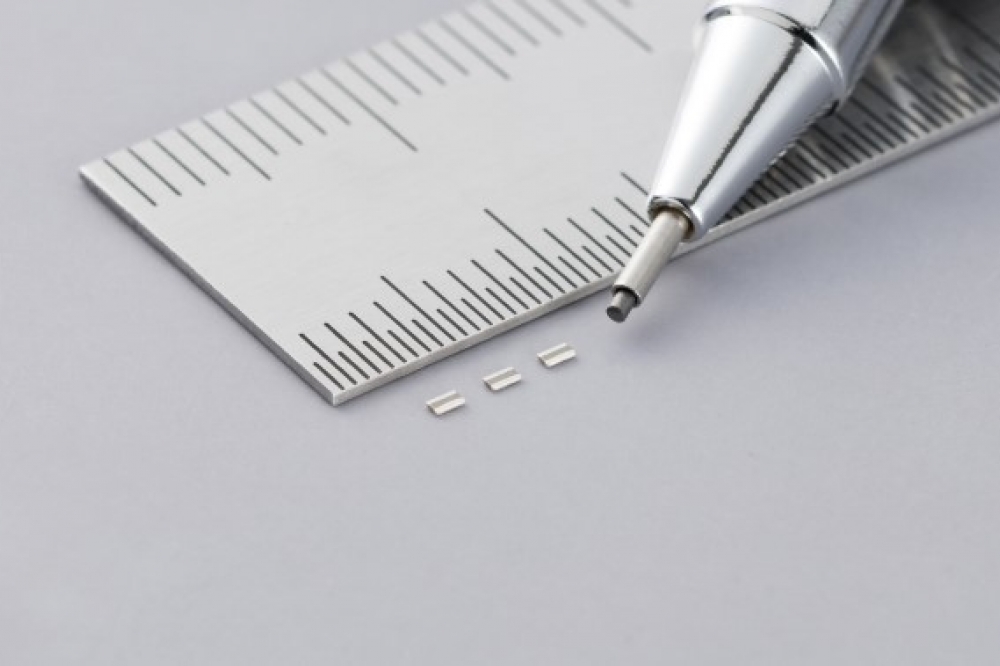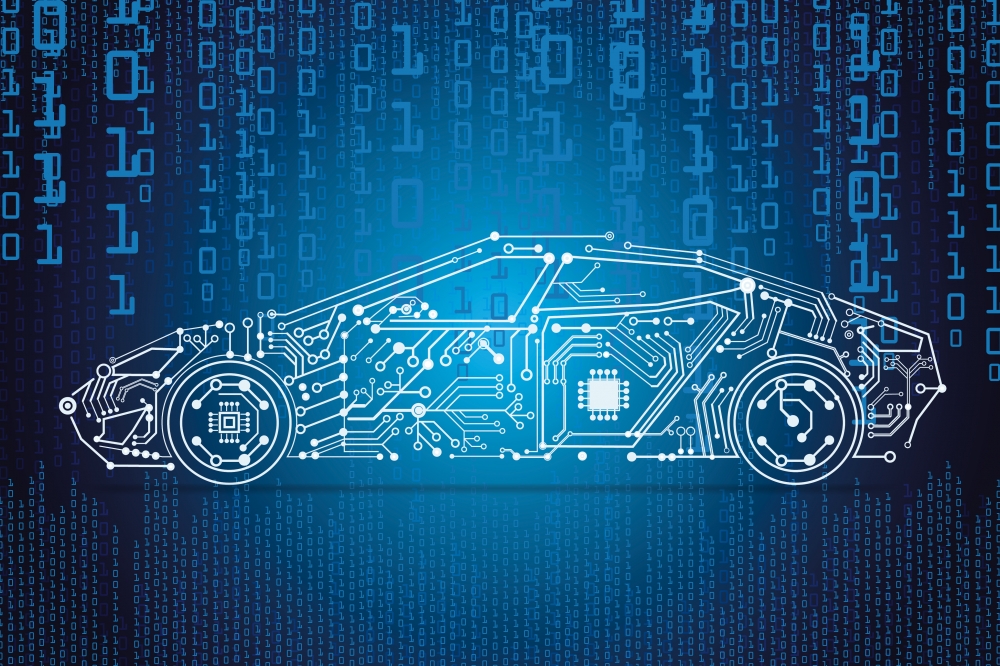Audi to launch new entry level e-tron in UK by early 2020
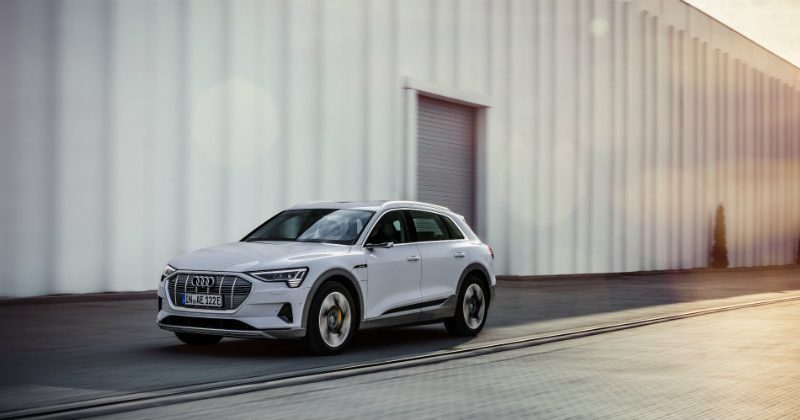
A second version of the Audi e-tron charged with opening up the benefits of the first fully electric Audi to a wider audience has been confirmed for series production and will launch in the UK in 2020.
The Audi e-tron 50 quattro will complement the existing e-tron 55 quattro model, its 71 kWh battery and two electric motors providing for a range of up to 186 miles according to the WLTP test cycle and its 120kW charging capability facilitating recharging to 80% capacity in around 30 minutes at fast-charging stations.
A product of the carbon-neutral Audi Brussels plant, the e-tron 50 quattro combines a high level of efficiency with strong and instantly accessible performance. Like the versions which came before it, the entry-level model also features ‘e-quattro’ all-wheel-drive delivered by an electric motor mounted on each axle – in this application these generate a combined total of 230 kW and 540 Nm of torque, and are capable of propelling the electric SUV from 0 to 62mph in 7.0 seconds on the way to an electronically governed top speed of 118mph.
In order to achieve the highest efficiency, only the rear electric motor is active in most driving situations, while the front electric motor is activated predictively when needed. The regulation of the electric all-wheel drive is extremely fast, highly connected and very precise. In combination with modern suspension components including air suspension and the e-tron’s low centre of gravity, it provides excellent dynamics and stability.
The battery unit of the Audi e-tron 50 quattro comprises 324 prismatic cells combined in 27 modules. These store up to 71 kWh of energy, which is delivered via a newly calibrated drivetrain and a high voltage system featuring additional optimisations for this application, and facilitate a range of up to 186 miles in the WLTP cycle.
The lower gross weight, which also reduces running resistance, contributes to efficiency, as does the advanced thermal management system with its standard thermal pump. This system regulates the temperature of the interior as well as the battery and cools the electric motors, the power electronics and the charger. In this way it ensures that the high-voltage components enjoy a long service life and enables fast charging with direct current (DC).
The Audi e-tron 50 quattro can charge with up to 120 kW at fast-charge stations, meaning that the energy capacity of the electric SUV can be restored to 80% of its maximum in approximately half an hour. Alternatively, the battery can be supplied with alternating current (AC) via a home wallbox. For charging at home, the Audi e-tron 50 quattro is equipped with the compact charging system as standard. It supports a charging capacity of up to 2.3 kW with a 230 volt domestic outlet and up to 11 kW when connected to a 400 volt industrial charge point.
The optional connect charging system, available later this year, adds smart charging functions such as off-peak charging, enabling customers to benefit from variable electricity rates by charging their Audi e-tron at more inexpensive times. In combination with a home energy management system, customers can benefit from additional advantages such as the option to charge with self-generated solar power if a home photovoltaic system is installed. Using the myAudi app, customers can control all charging processes and timers as well as pre-entry climate control via their smartphone.
Like the more powerful version of the electric SUV, the Audi e-tron 50 quattro also recuperates energy via its two electric motors, with priority given to the rear motor, during more than 90% of all deceleration actions. This means that the energy from practically all normal braking manoeuvres is recovered and fed back into the battery. The newly developed wheel brake system with electrohydraulic actuation is activated only when the force of deceleration exceeds 0.3 g. This results in short braking distances in all situations.
The standard efficiency assistant also helps the driver to adopt an economical driving style through automatic recuperation and predictive information in the Audi virtual cockpit. The system uses radar sensors, camera images, navigation data, and Car‑to‑X information to detect the traffic environment and the route. In combination with the adaptive cruise assist, the efficiency assistant can also brake and accelerate the electric SUV predictively.
Audi to launch new entry level e-tron in UK by early 2020
Modified on Thursday 1st August 2019
Find all articles related to:
Audi to launch new entry level e-tron in UK by early 2020


 Add to my Reading List
Add to my Reading List Remove from my Reading List
Remove from my Reading List